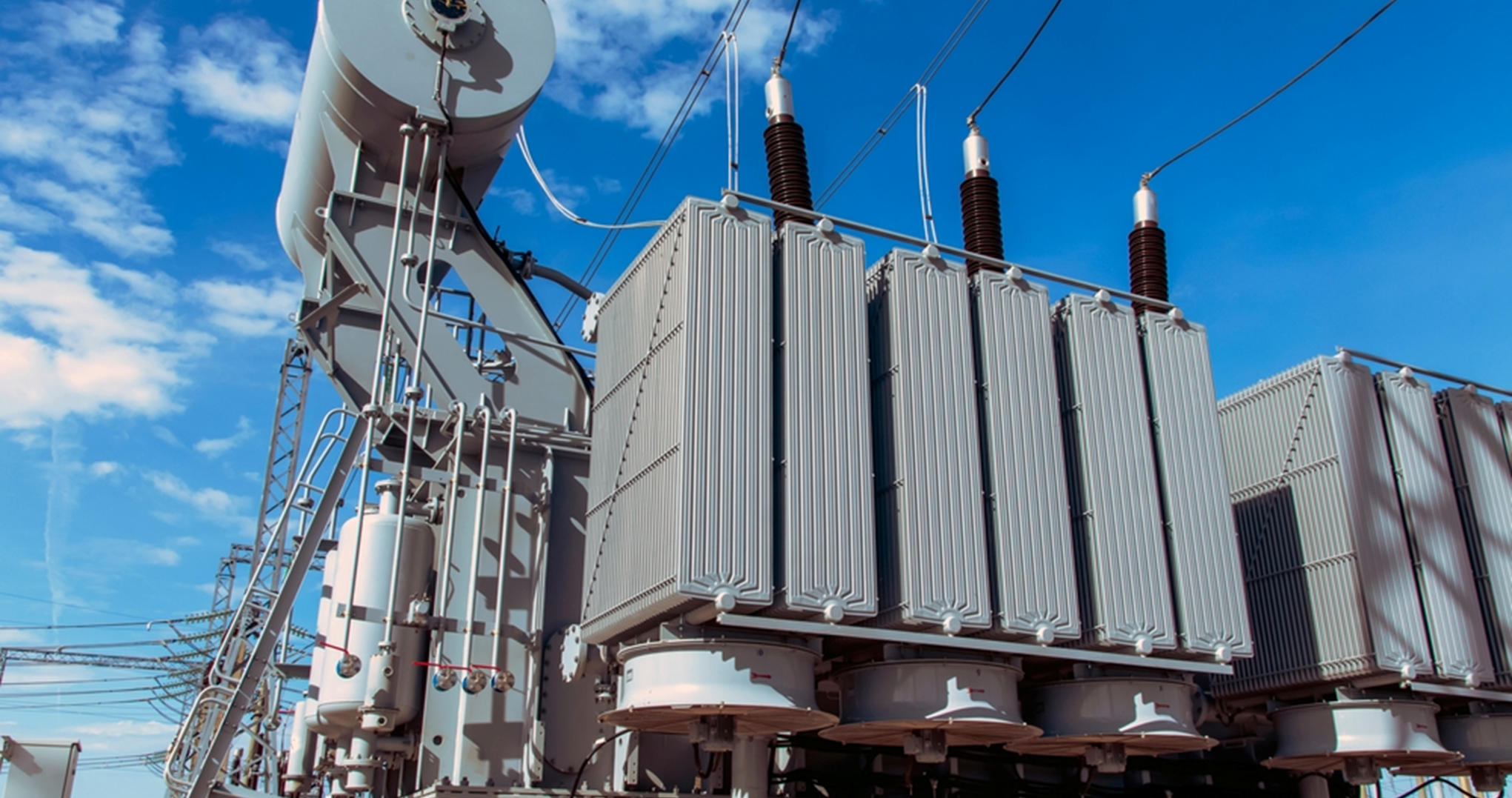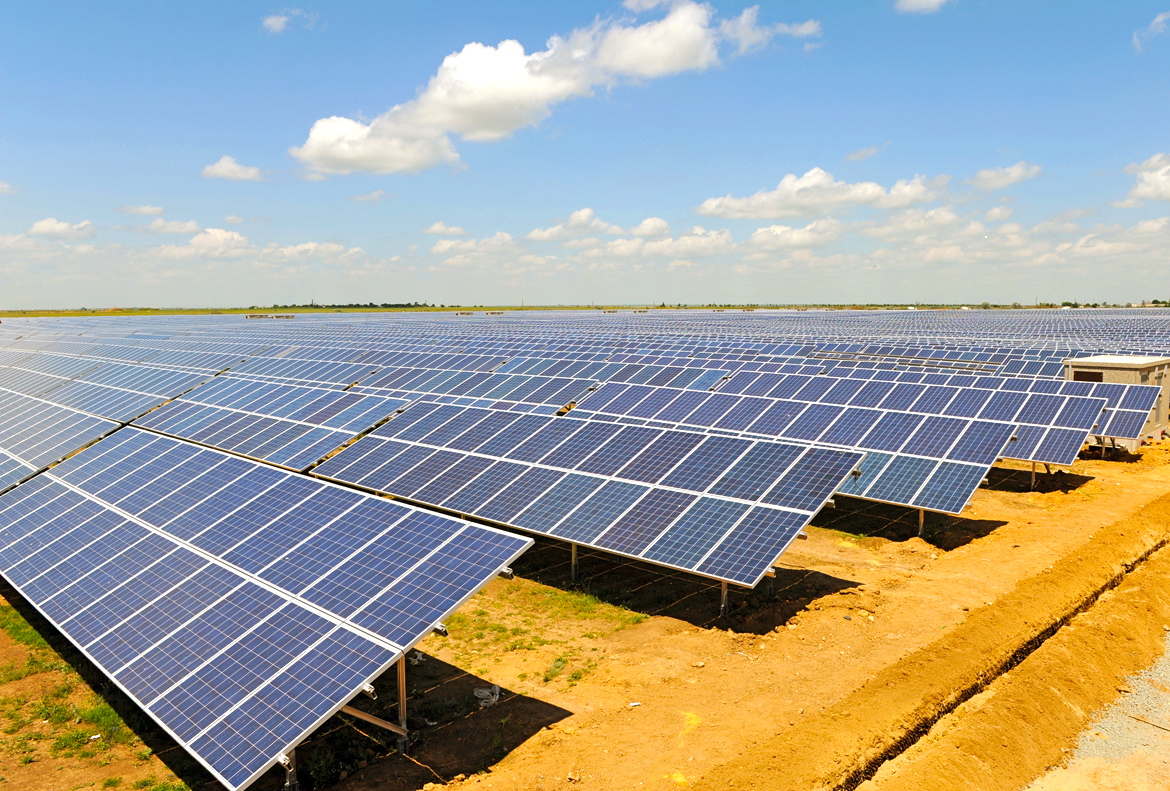Our recommendations
MNRE Issues Domestic Content Requirement (DCR) Norms for Solar PV Cells, Boosting India’s Renewable Manufacturing
Key Highlights of the DCR Notification
- Mandatory Domestic Sourcing – All solar PV cells and modules used in MNRE-backed projects must be manufactured in India.
- Definition of Domestic Manufacturing – Only Black Wafer-based PV cells, processed entirely in India, qualify under DCR norms. Imported Blue Wafer-based cells are excluded.
- Thin Film Exception – Thin Film Solar PV Modules manufactured in integrated Indian factories remain eligible for MNRE schemes.
Industry Impact & Market Response
- For Renewable Projects – The cost of solar installations may increase, and supply-chain adjustments will be necessary to comply with DCR requirements.
- For Renewable Power Developers – Companies like Adani Green, ReNew Power, and Tata Power will need to secure long-term domestic contracts and adapt procurement strategies.
- For Domestic OEMs – The policy is expected to boost demand for Indian-made solar PV cells, with manufacturers like Waaree Energies and Vikram Solar scaling production.
- For Imports from China – The exclusion of Blue Wafer-based cells is expected to disrupt China’s $3-4 billion annual solar exports to India, potentially leading to trade realignments.
What’s Next?
- India’s Renewable Roadmap – The move supports the 500 GW renewable energy target by 2030 while reinforcing Atmanirbhar Bharat.
- Technology & Innovation – Investments in advanced manufacturing, R&D, and efficiency improvements are expected.
- PLI Scheme Synergy – The policy aligns with India’s Production-Linked Incentive (PLI) schemes, attracting global investments.
Industry Leaders Speak
"This is a landmark step in India's clean energy journey. The emphasis on domestic manufacturing will accelerate India's position as a global solar manufacturing hub." – [Your Spokesperson Name], [Company Name]
Get the Full Impact Analysis
For an in-depth analysis of the DCR norms and their impact on renewable projects, power developers, and OEMs, Read Full Insight.
Do you want to seek Eninrac assistance in helping you resolve some critical business issues? Engage with us and reach out to our experts by using the Request for Proposal (RFP) form.
BEST VISION IS INSIGHT
Combine market knowledge and your skill to contribute value for end consumers

Transformer Sales Surge: ₹75,000 Crore Opportunity Ahead

Solar Parks Development Status in India

EU Solar Market 2024: Utility- Scale Resilience Amidst A Slumping Rooftop
Get started with
EI Market personalised demo
Complete the form to get in touch with our sales team to see our Visionboard platform in action. We'll show you how you can use eninrac to build a culture of action of consistently hunting down and eliminating poor market research expriences across your companies line of business


